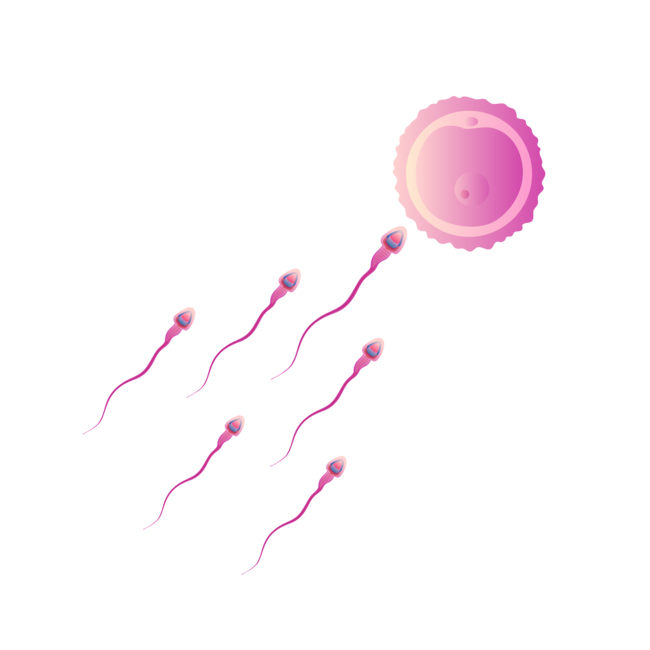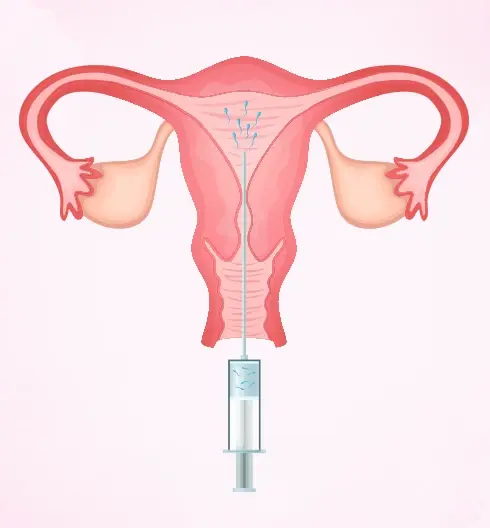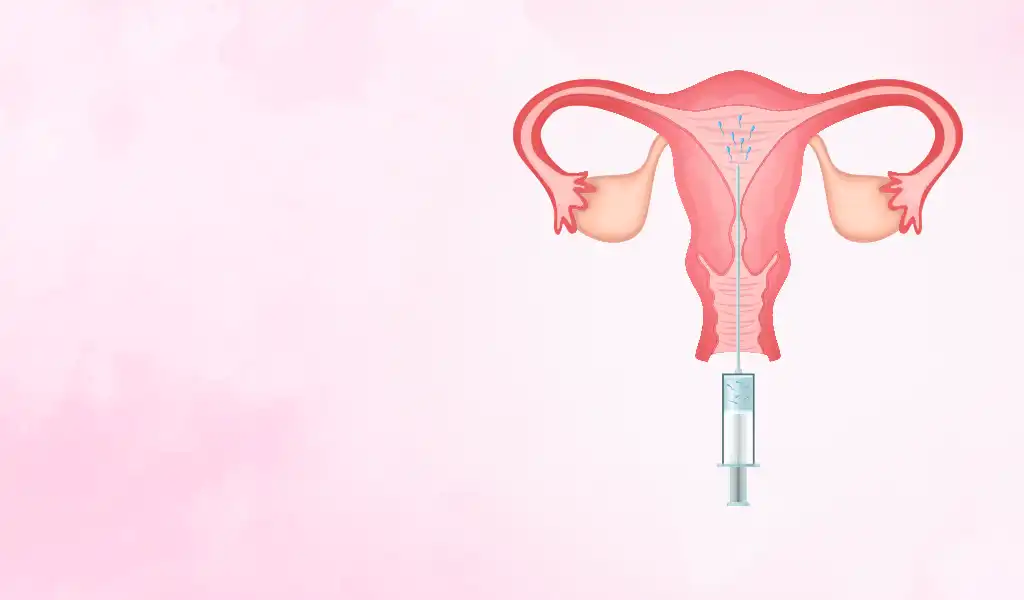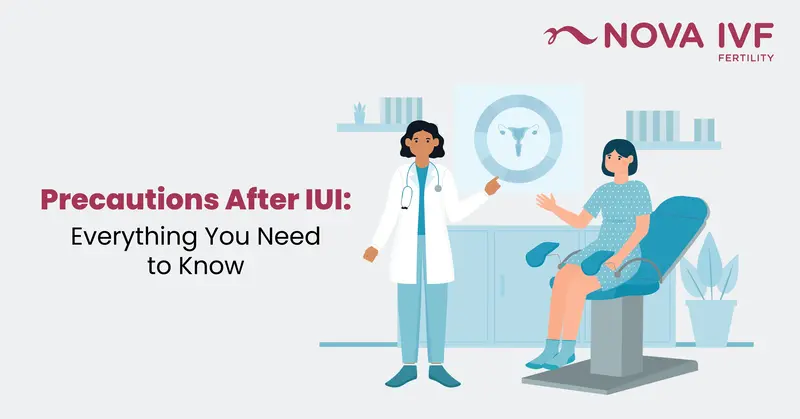What Is Intrauterine Insemination?
Intrauterine insemination (IUI) is a treatment for fertility that entails the sperm that is implanted into your uterus. In a healthy woman, the egg reaches your fallopian tube from the ovary, where the egg and the sperm are fertilised. When this does not happen naturally, the woman can elect IUI, which is a type of artificial insemination. In the procedure, the sperm is washed, and only good-quality sperm are used. IUI treatment means that the partner’s sperm is implanted in the uterus via a catheter. Fertility specialists often elect IUI before they consider alternative invasive or expensive fertility treatments. You may be advised to take fertility drugs to ensure that eggs are released during your ovulation. IUI insemination can be performed with your partner’s sperm or with donor sperm.
Is IUI Treatment Preferred?
Couples may elect intrauterine insemination while considering many factors, such as infertility issues, or as an alternative for women who choose to become parents without a spouse, with a donor or for LGBT couples. IUI may be also preferred when the female or male partner is experiencing the following medical conditions:
Cervical Mucus Or Cervix Problems
Your cervix provides an opening for the uterus, and the mucus produced in the cervix enables the sperm to move from the vagina to the fallopian tubes. Thick mucus can hamper the mobility of the sperm. With IUI treatment, the sperm is placed into your uterus.
Sperm Issues
Semen analysis is part of infertility treatment–if your partner’s sperm is weak, small or has an irregular shape, or if your partner cannot produce the required quantity of sperm. Intrauterine insemination can help these problems because only best quality sperm is used in the treatment.
Erection or Ejaculation Dysfunction
The IUI treatment can be used in cases when a partner cannot sustain an erection or isn’t able to ejaculate.
Unexplained Infertility
This condition is usually when infertility specialists cannot determine the cause for infertility.
IUI Process
Here’s a step-by-step introduction to IUI:
What Happens During IUI Treatment
On Day 1, 2 or 3 of the menstrual cycle, the female partner is required to visit the doctor for a baseline ultrasound.
Tablets or injections to stimulate the growth of multiple follicles in the ovaries are then prescribed. If you have any doubt, please ask your consultant to advise the dos and donts during this period. If you are overweight or obese then your doctor might advise you to cut down on your weight by advising dietary or exercise modifications before starting the treatment.
Further ultrasounds will be advised over the next few days to monitor the growth of your follicles. The follicles usually take about 10-11 days to be ready. It is common to feel a sense of panic and stress at this stage. But it is important to keep yourself calm and free of stress.

What Happens On The Day Of IUI Treatment
The male partner is asked to come to the clinic with an ideal abstinence period of 2-5 days, to give his sperm sample for insemination. The semen sample is then “washed” to eliminate the excess liquid, the dead and weak sperms, debris etc, and concentrate the healthiest, most motile sperms into a small volume. This process may take upto an hour. The female partner meanwhile is asked not to void urine, as a full or semi-full bladder makes the IUI process smoother.
With the help of a fine catheter, the doctor will gently introduce the washed sperm into the uterine cavity, in order to increase the chances of the sperms reaching the released eggs and fertilising them. The procedure lasts for less than a minute. You may feel some amount of discomfort, which is usually minimal, however the procedure is not otherwise painful.
The female partner is then prescribed some form of progesterone support and folic acid. Please confirm with your doctor about continuing any other routine medication you have been taking before.
The Big Wait
Couples are advised to wait for two weeks, and maintain their daily routine. There may be certain side effects to progesterone medication. You might experience mood swings, cramping, spotting and bloating post-procedure. However, it is not necessary that every woman would feel them. Symptoms may also differ from one woman to another.
Two weeks later, you can take a home pregnancy test to confirm if you are pregnant. The success rate of IUI in women under the age of 35 is 10 – 20% and it decreases with increase in age. The main factors to consider for the success rate is the woman’s age and the semen parameters.
What Happens In Case of Multiple IUI Treatment Failures
ART procedures can fail for a number of reasons. Sperm motility, endometriosis, PCOS, lifestyle, health of a uterus and many more. In some cases, pregnancy failures or infertility is unknown. The best next step is to figure out why there are multiple failures.
Most couples who succeed with IUI, conceive in a maximum of three attempts. If there is no pregnancy in three cycles, undergoing further IUIs does not add much value, and it is advisable to proceed with IVF or ICSI. Depending on your response to the IUI cycles and your past history, your doctor may advise IVF sooner if need be.
IVF has a 50-60% overall success rate per cycle for women under the age of 35 years.
Benefits Of IUI Treatment
IUI is a simple and cost-effective fertility treatment recommended for various conditions like cervical factor infertility, anovulatory infertility, moderate male factor infertility, immunological infertility, and unexplained infertility. Also, IUI makes it easier for the sperm to reach an egg because it reduces the time and distance it has to reach the egg, which enhances your chance of becoming pregnant.
Research suggests that with ovarian hyperstimulation, the success rate of IUI can increase. The IUI treatment is preferred for women under 35 with functional tubes, shorter infertility duration, and moderate male infertility, especially in limited technology settings. Your specialists may advise four to six intrauterine insemination cycles before considering IVF or other options.
Special Cases Where IUI Can Come to Aid
IUI with anonymous donor sperms can also come to aid for couples of the same sex, or for a single woman who wishes to conceive. It is also a highly useful process for couples who are affected by a genetic defect and do not wish to pass it on to the offspring.
Risks
The IUI treatment is a non-invasive and safe procedure, with minimal risk of serious complications. Some potential risks include:
Infection
The intrauterine insemination procedure carries a slight risk of infection, but your doctor uses sterile instruments to minimise this risk, making infection rare.
Multiple Babies
If fertility medications are used to induce ovulation, there's a chance of having multiple babies due to the release of more than one egg. Your doctor will carefully monitor and adjust the medication to avoid excessive egg release.
Other Symptoms
In some cases, fertility medications during IUI may cause ovarian hyperstimulation syndrome (OHSS), leading to enlarged ovaries, fluid buildup, and cramping. Rarely, OHSS can cause more severe symptoms like dizziness, sudden weight gain, shortness of breath, nausea, severe abdominal pain, or an increase in abdominal size. If you experience any of these symptoms, contact your doctor immediately.
Preparing For IUI Treatment
In a typical IUI cycle, it starts at the beginning of your period and ends about two weeks after the IUI with a blood pregnancy test. Around the second or third day of your period, a blood test confirms if you're not already pregnant. Your doctor may perform a transvaginal ultrasound to check your uterine lining and ovarian follicles. Before ovulation, additional ultrasounds ensure the lining thickens and follicles grow. When one mature follicle measures over 20mm, ovulation time is near. Your doctor may use an hCG trigger shot to induce ovulation, or you can measure LH levels at home. When LH levels peak, the IUI is performed the following day.
How Much Does IUI Cost?
The cost of IUI treatment usually begins at Rs 10,000 per cycle, but it can vary depending on the fertility hospital you select. IUI for infertility treatment in tier I cities is generally more expensive than in tier II and III cities.
 Infertility Counselling
Infertility Counselling Female Infertility Treatment
Female Infertility Treatment Andrology Treatment
Andrology Treatment Fertility Enhancing Surgeries - Female
Fertility Enhancing Surgeries - Female Fertility Enhancing Surgeries - Male
Fertility Enhancing Surgeries - Male Endoscopy Treatment
Endoscopy Treatment IUI Treatment
IUI Treatment IVF Treatment
IVF Treatment ICSI Treatment
ICSI Treatment Advanced IVF Solutions
Advanced IVF Solutions Embryology
Embryology Vitrification Egg, Embryo, Sperm Freezing
Vitrification Egg, Embryo, Sperm Freezing Preimplantation Genetic Testing (PGT)
Preimplantation Genetic Testing (PGT) Donation Program Embryo / Egg / Sperm
Donation Program Embryo / Egg / Sperm Self-cycleTM IVF
Self-cycleTM IVF

 Self-cycleTM IVF
Self-cycleTM IVF









